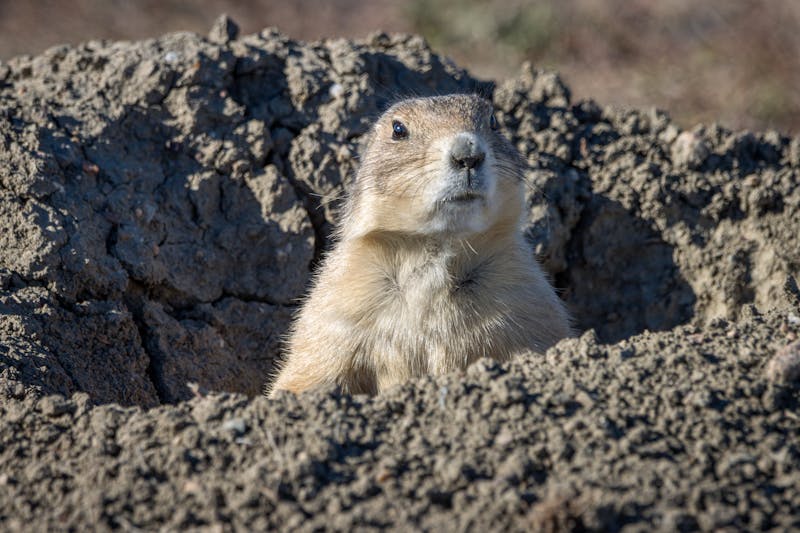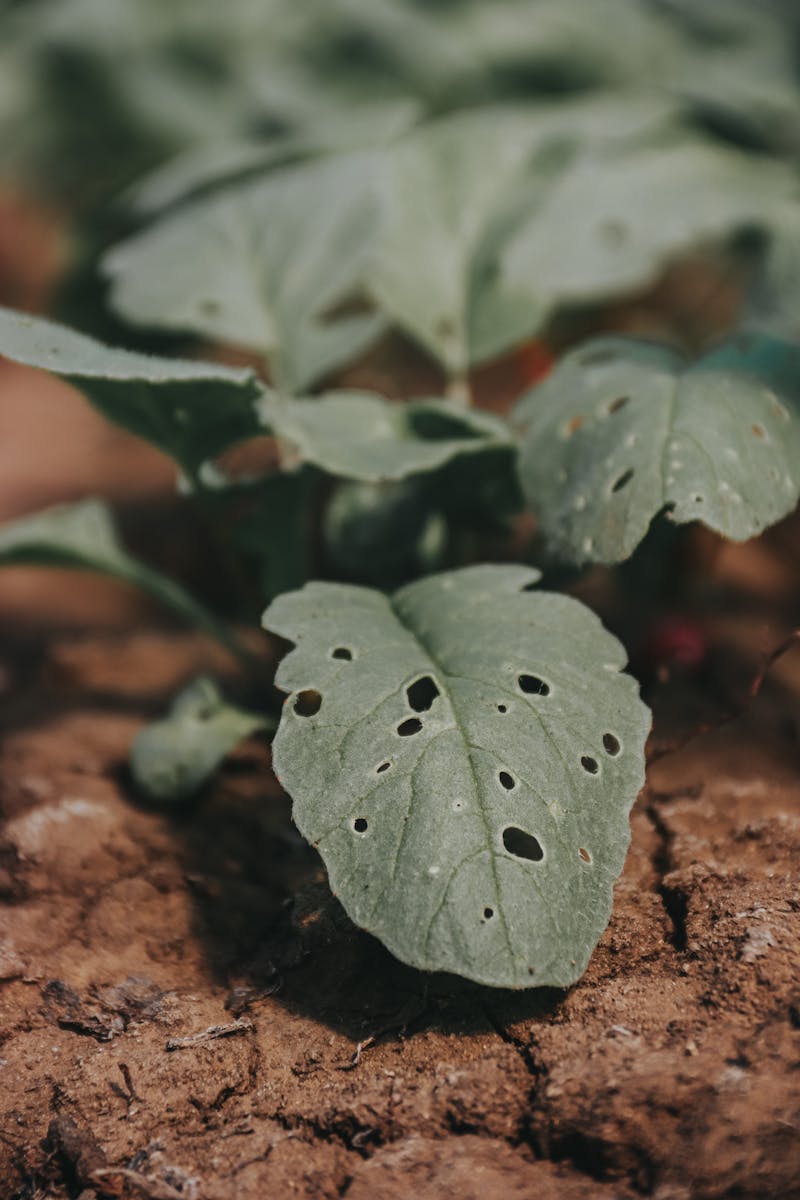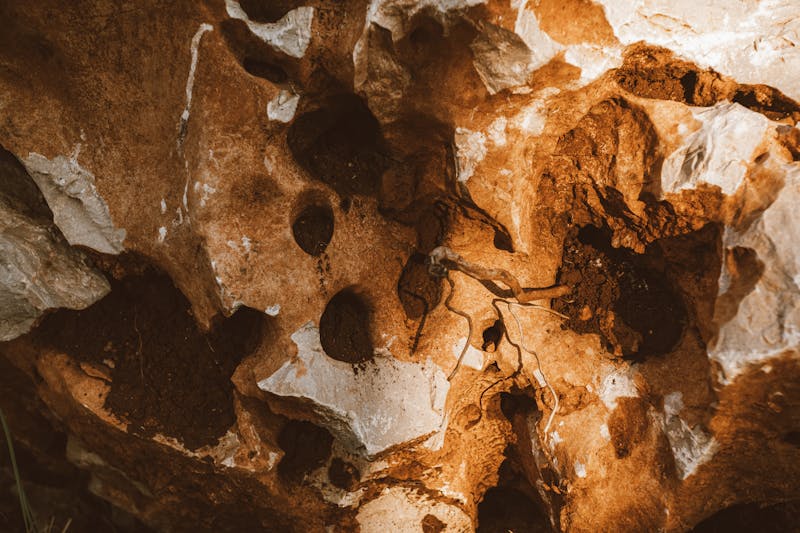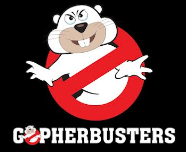Don't Let These Pests Destroy Your Yard
If you've noticed mysterious holes, raised soil mounds, or damage to your plants and lawn, you might have unwelcome guests living beneath your property. Gophers and moles are common yard pests, and while they may seem similar, they cause different types of damage and require different removal strategies. This comprehensive guide will help you identify which pest you're dealing with and what steps to take next.
Key Differences Between Gophers and Moles
Gophers
Rodents that create extensive tunnel systems and feed on plant roots, causing visible damage to vegetation above ground.
Moles
Insectivores that tunnel just below the surface, creating raised ridges and mounds while searching for grubs and insects.
Identification
Understanding the differences is crucial for effective removal and prevention strategies tailored to each pest type.
How to Identify Gopher Activity

Gophers create distinctive mounds and tunnel systems that are easy to identify
Visual Signs of Gophers
- Fan-shaped mounds: Gophers push soil out of their burrows, creating distinctive fan-shaped mounds with a plugged hole in the center
- Large holes: Entrance holes are typically 2-3 inches in diameter and often plugged with soil
- Extensive tunneling: Gophers create complex tunnel systems that can extend 200-2000 square feet
- Plant damage: Plants suddenly wilt, disappear, or show signs of being pulled underground
- Tree damage: Young trees may be completely girdled at the base
Gopher Behavior Patterns
Gophers are active year-round with peak activity during spring and fall. They're primarily herbivores and will feed on roots, bulbs, and any vegetation they encounter while tunneling. Unlike moles, gophers spend most of their time underground and rarely surface.
💡 Pro Tip
Gophers are most active during the early morning and late afternoon. If you see fresh soil mounds during these times, you likely have an active gopher problem.
How to Identify Mole Activity

Moles create raised ridges and surface tunnels while searching for insects
Visual Signs of Moles
- Raised ridges: Moles create visible raised tunnels just below the surface of your lawn
- Volcano-shaped mounds: Unlike gopher mounds, mole mounds are smaller and more rounded
- Surface tunnels: Visible raised lines running across your yard where moles have tunneled
- Loose soil: Areas where the ground feels spongy or loose underfoot
- Grass damage: Grass roots are disturbed, causing patches to turn brown or die
Mole Behavior Patterns
Moles are insectivores that feed primarily on grubs, earthworms, and other soil-dwelling insects. They're most active during spring and fall when soil moisture is optimal for tunneling. Moles can tunnel up to 18 feet per hour and may create extensive networks of surface tunnels.
⚠️ Important Note
Moles don't eat plants directly, but their tunneling activity can damage plant roots and create unsightly ridges in your lawn. The real problem is often the insects they're feeding on.
Quick Comparison: Gophers vs. Moles
| Characteristic | Gophers | Moles |
|---|---|---|
| Diet | Herbivores (plants, roots, bulbs) | Insectivores (grubs, worms, insects) |
| Mound Shape | Fan-shaped with plugged holes | Rounded, volcano-like |
| Tunnel Depth | Deep tunnels (6-12 inches) | Surface tunnels (2-4 inches) |
| Plant Damage | Direct feeding on vegetation | Indirect damage from tunneling |
| Activity Pattern | Year-round, peak in spring/fall | Most active in spring/fall |
| Removal Strategy | Trapping and exclusion | Insect control and trapping |
Assessing the Extent of Damage
Gopher Damage Assessment
- Minor infestation: 1-2 mounds, minimal plant damage
- Moderate infestation: 3-5 mounds, visible plant damage, some tunneling
- Severe infestation: 6+ mounds, extensive tunneling, significant plant loss
Mole Damage Assessment
- Minor infestation: Few surface ridges, minimal lawn disruption
- Moderate infestation: Multiple surface tunnels, some lawn damage
- Severe infestation: Extensive surface tunneling, significant lawn damage

Severe infestations can cause extensive damage to your property's landscape
Prevention and Early Detection
Regular Monitoring
Inspect your yard weekly for new mounds, holes, or surface tunnels. Early detection is key to preventing extensive damage and making removal easier.
Landscape Modifications
- Install underground barriers around garden beds
- Use raised garden beds for vulnerable plants
- Choose plants that are less attractive to gophers
- Maintain healthy soil to reduce insect populations (mole food source)
Professional Inspection
If you're unsure about the type of pest or the extent of damage, consider a professional inspection. Experienced technicians can accurately identify the pest and recommend the most effective treatment strategy.
Need Help Identifying Your Pest Problem?
Don't let gophers or moles destroy your beautiful landscape. Our expert team can quickly identify the pest type and implement effective removal solutions.
Take Action Today
Proper identification is the first step toward effective pest control. Whether you're dealing with gophers or moles, understanding their behavior and damage patterns will help you choose the right solution. Remember, these pests can cause significant damage quickly, so don't delay in addressing the problem.
For professional gopher and mole removal services, trust the experts at Gopherbusters. We use humane, eco-friendly methods that are safe for your family and pets while effectively eliminating these destructive pests from your property.

